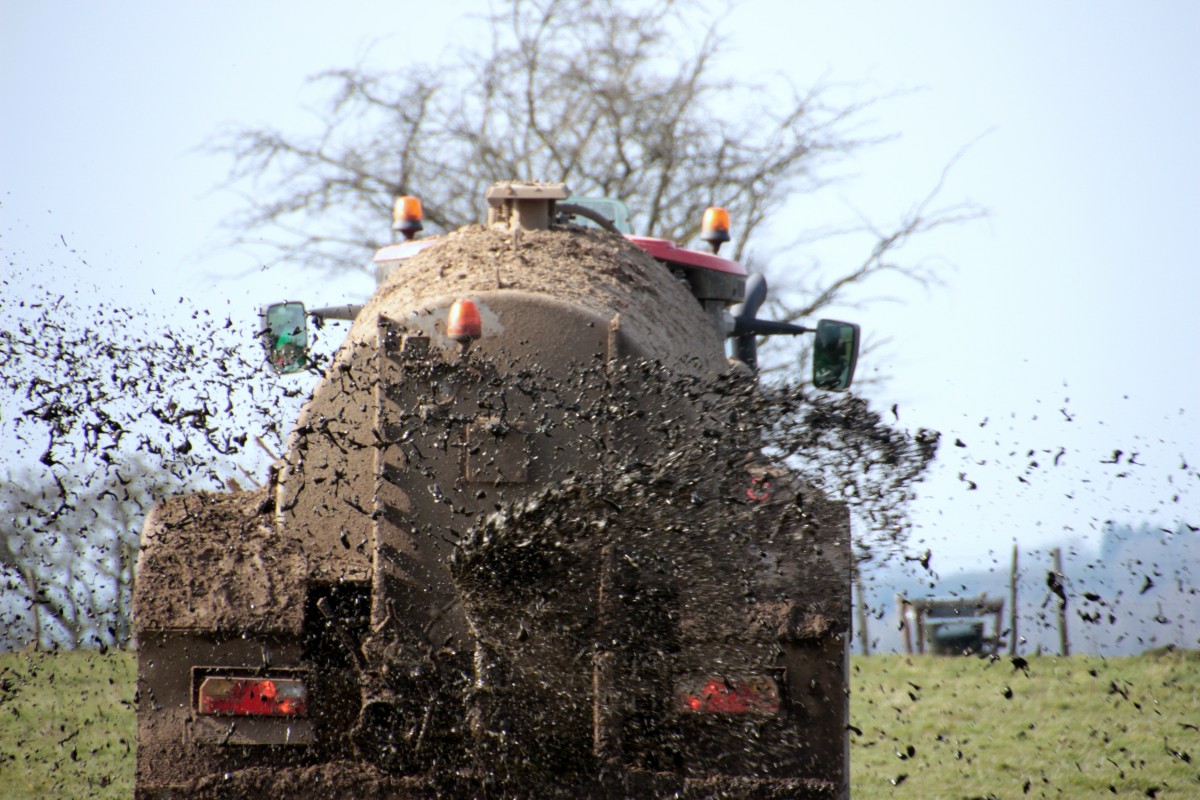This is the continuation on our blog on Hibiscus and its different varieties. If you’ve missed the first part, you can find it here.
- Mathilde, one of the most vigorous varieties, to the point that it reaches up to 3 meters in height. It is distinguished by its splendid flowers with corollas of a beautiful light pink, very simple and big, which contrast with the red heart, in some cases widened to possible striations. This variety, in the first streaks, can have rare central petaloids. However, its strong point is its great adaptability associated with a resistance to the cold and a particularly sustained growth.
- White Chiffon, one of the most elegant. A plant which reaches a height of 2 to 2 and a half meters, and blooms continuously from July, opening semi-double corollas of a pure white. The central petaloids are of the same color and give dynamism and movement to the design, without however being tasteless or opulent, as it is the case for the species with double flowers. The petals have a silky, tactile and pleasant aspect.
- Purple Pillar, the variety that has the merit of having revolutionized the way of using Syriac hibiscus in the garden. It is a columnar plant, with a maximum diameter of one meter, but a height that can even reach five meters with a very fast growth. In this case, pruning is not necessary, except to refine the cuts of the broken branches, or eliminate the dry parts. The flowers are very simple, large, and with colors ranging from pink to red.
Aquatic varieties: Hibisco Moscheutos
Formerly known as Hibiscus Palustris, the Moscheutos is native to the East and North America. As its name indicates, it is a plant of marshes or banks, because it takes root in very wet soils, even if they are not flooded, in which it is able to form large colonies and reach a height of two and a half meters. This in the nature, because in culture on the contrary the Moscheutos remains lower, with a height comprised between 80 and 200cm. The stems are particularly erect or woody, the stems are pubescent, and have a star-shaped section.
The leaves of the swamp hibiscus have an ovoid shape, in rare cases with a weak lobe. Leaves of an intense green on the upper page, while whitish on the underside, due to pubescence. It is deciduous, because it is a species that defoliates every year. In autumn, the stems also die, while only the roots remain. These plants, however, already form in autumn the buds at ground level that then in spring, when they flower, will allow a new vegetation.
As for the criteria of culture, these plants must be placed in full sun, in a fertile and always humid soil. In autumn, a good mulching is recommended, to be made with soil composed of mature manure and bark.
Among the varieties of Hibiscus Moscheutos:
- Old Yella, a variety distinguished by its five-petaled, slightly crinkled corollas, whose color tends toward white but has a central eye of a beautiful dark red. This hibiscus reaches a height of 70 to 110 centimeters, and blooms from July to September. Its flowers last only one day, but the plant really produces a lot of them.
- Solene Tansol, which is distinguished by its bright pink flowers with a red throat and generous dimensions, as they grow to more than 20 cm in diameter. The Solene Tansol starts to bloom from the end of June to the beginning of July and continues during the summer. The height is variable, and is between 80 and 120 cm, while in autumn, the leaves take on different chromatic shades before falling permanently.
- Luna Red , a very compact type of hibiscus moscautos, which has a height of 90cm and a diameter of 60. These dimensions make it particularly suitable for cultivation in pots, where it can show off its large flowers of a very intense red that maintain a splendid helix structure. This variety produces a large number of corollas from summer to autumn, but starts to vegetate later than most other plants.



